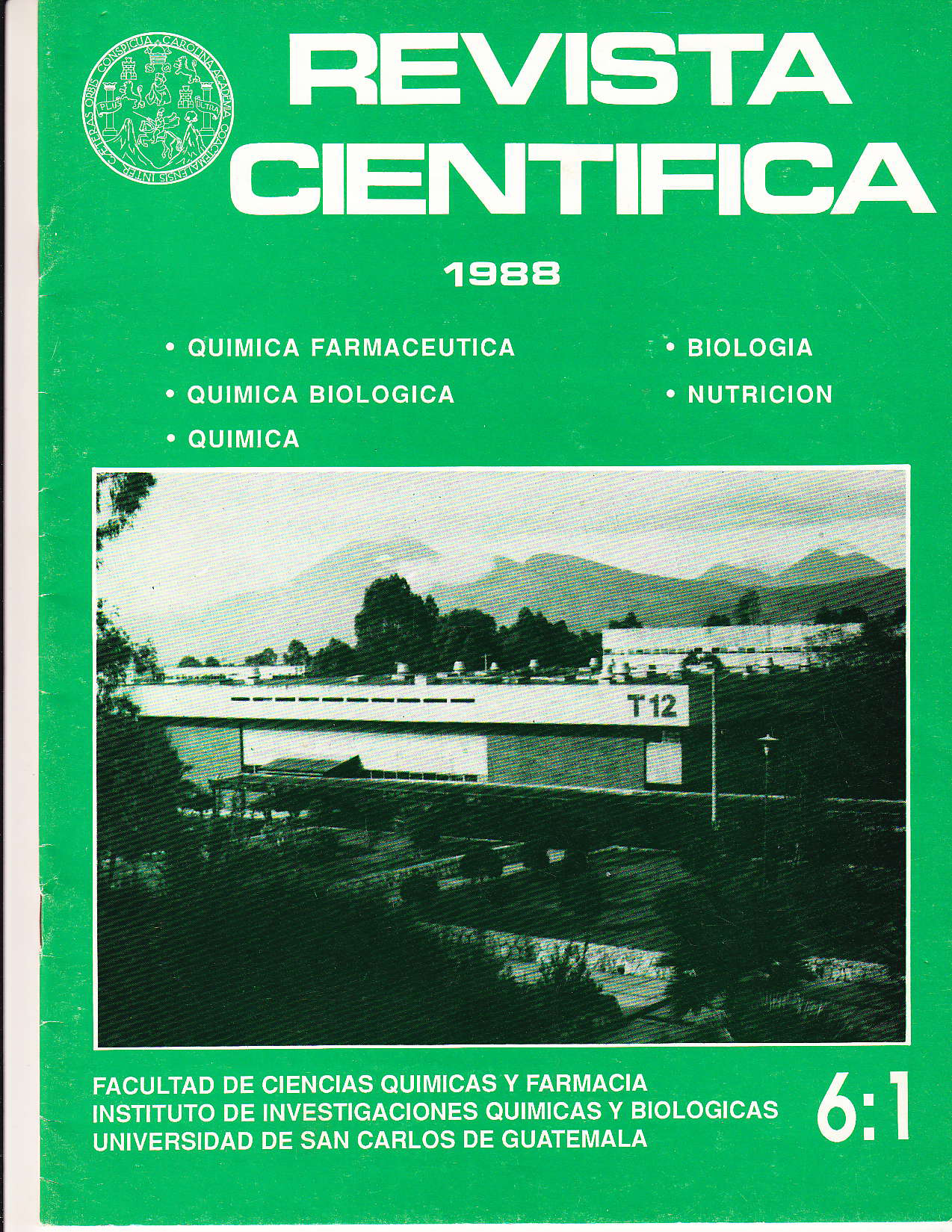New quality control method
DOI:
https://doi.org/10.54495/Rev.Cientifica.v6i1.449Keywords:
new method, quality control, Juan José Arévalo Bermejo General Hospital of the Social Security InstituteAbstract
Since June 1987, a quality control program has been implemented in the hematology and coprology departments of the clinical laboratory of the Juan José Arévalo Bermejo General Hospital of the Social Security Institute. During this program, the technical staff who rotated through these areas after six months were evaluated. All laboratory technicians had been in these areas at least once, which allows for calculating their own variability. A graph is created for each technician, for each area (hematology or coprology). The concept used, variability, translates to the standard deviation of the results for each technician, understood as the difference between the results obtained in a patient sample and its duplicate, using the latter as a control sample, with a different name or code not recognized by the processing technician. The graphs in the hematology area are called vertical linearity graphs (quantitative) and the graphs in the coprology area are called horizontal linearity graphs (qualitative). These two variations, mainly the latter, can be implemented in the areas of urology and serology.
Downloads
References
-
Downloads
Published
How to Cite
Issue
Section
License
Copyright (c) 1988 Aída Cifuentes

This work is licensed under a Creative Commons Attribution 4.0 International License.
Authors who publish with this journal agree to the following terms:
- Authors retain copyright and grant the journal right of first publication with the work simultaneously licensed under a Creative Commons Attribution License 4.0 that allows others to share the work with an acknowledgement of the work's authorship and initial publication in this journal.
- Authors are able to enter into separate, additional contractual arrangements for the non-exclusive distribution of the journal's published version of the work (e.g., post it to an institutional repository or publish it in a book), with an acknowledgement of its initial publication in this journal.
- Authors are permitted and encouraged to post their work online (e.g., in institutional repositories or on their website) prior to and during the submission process, as it can lead to productive exchanges, as well as earlier and greater citation of published work.









